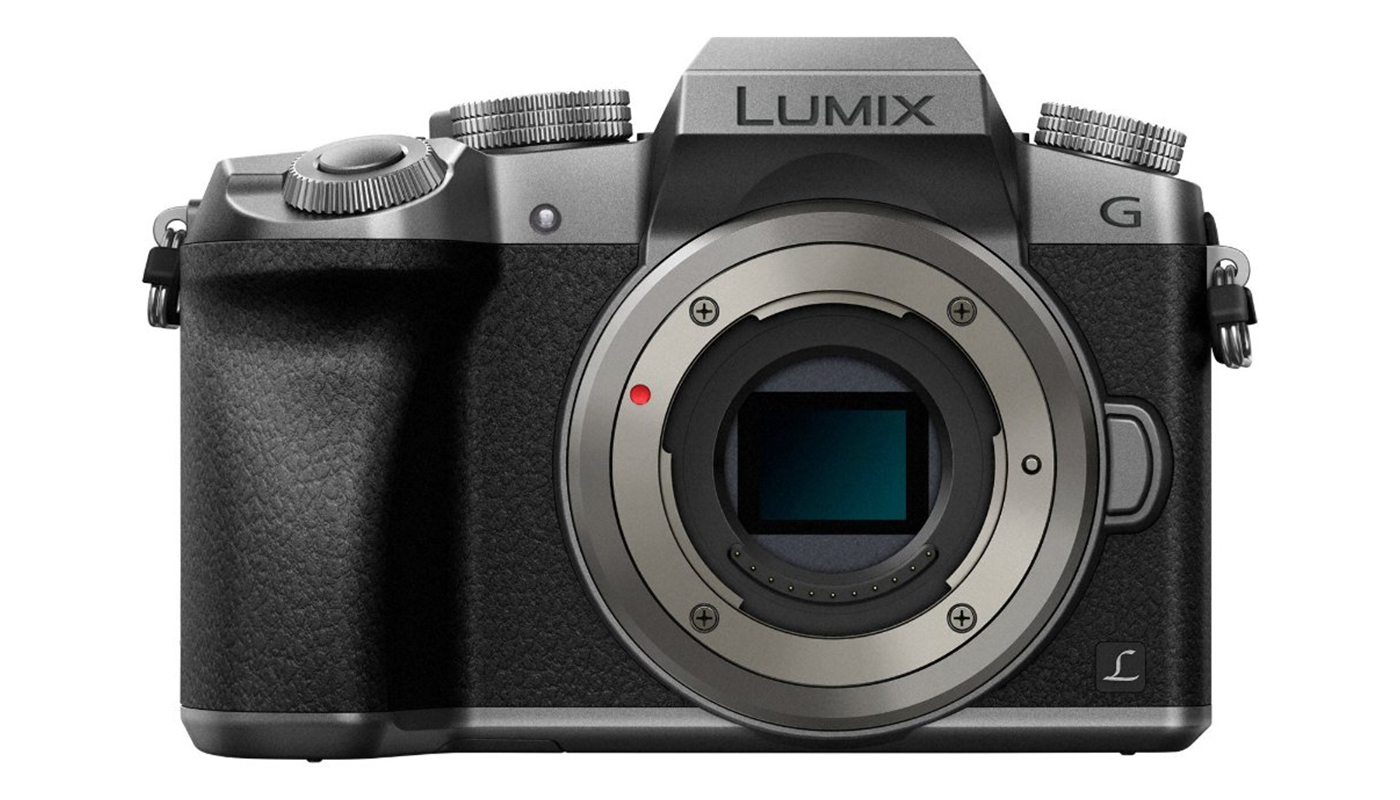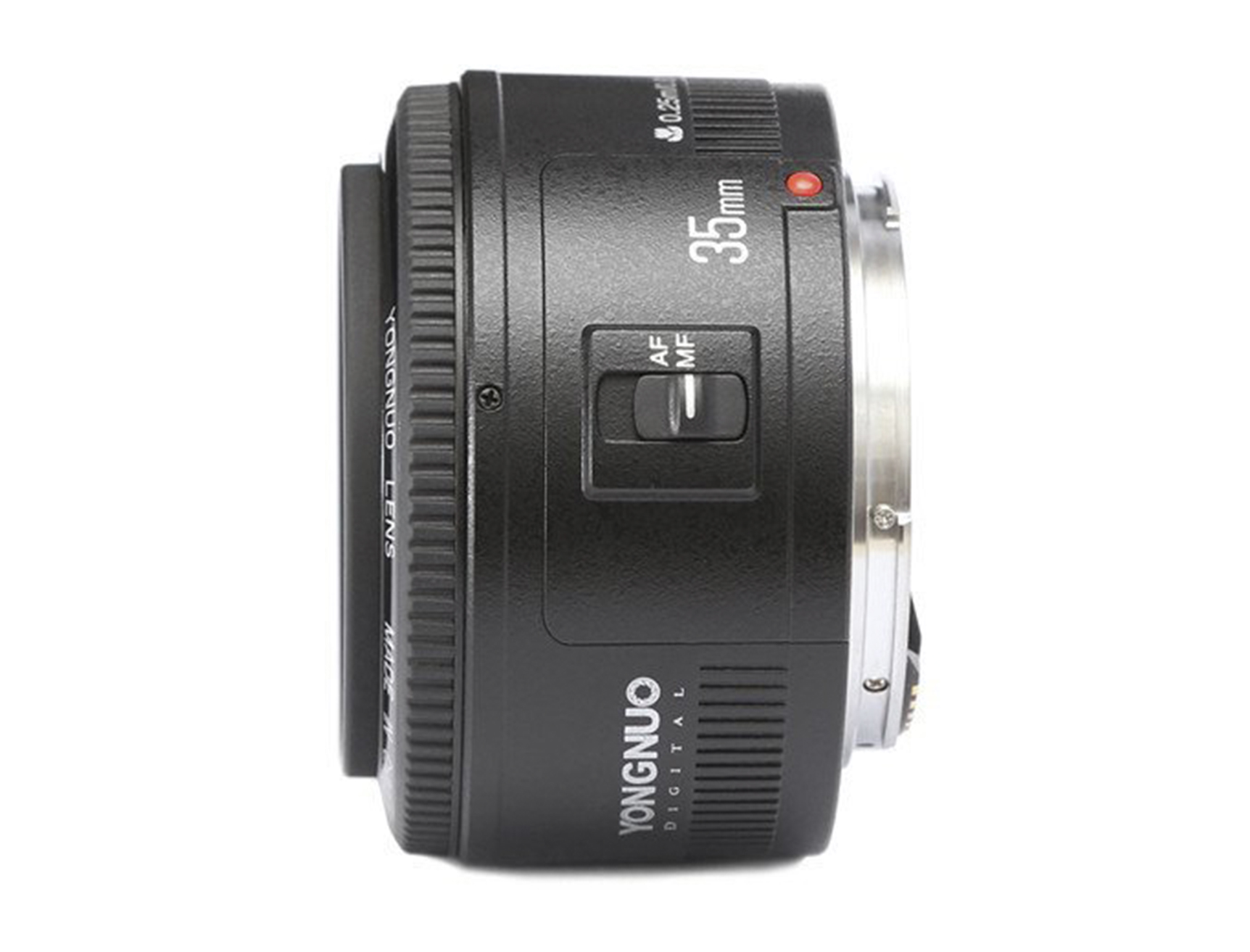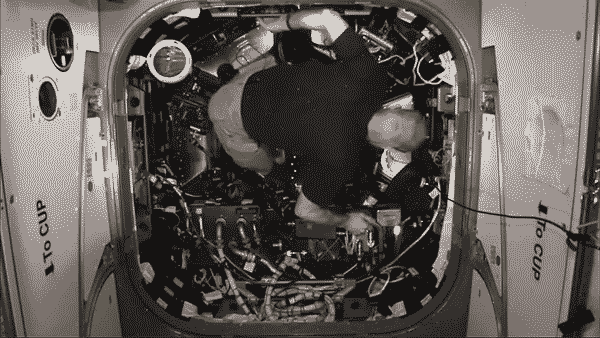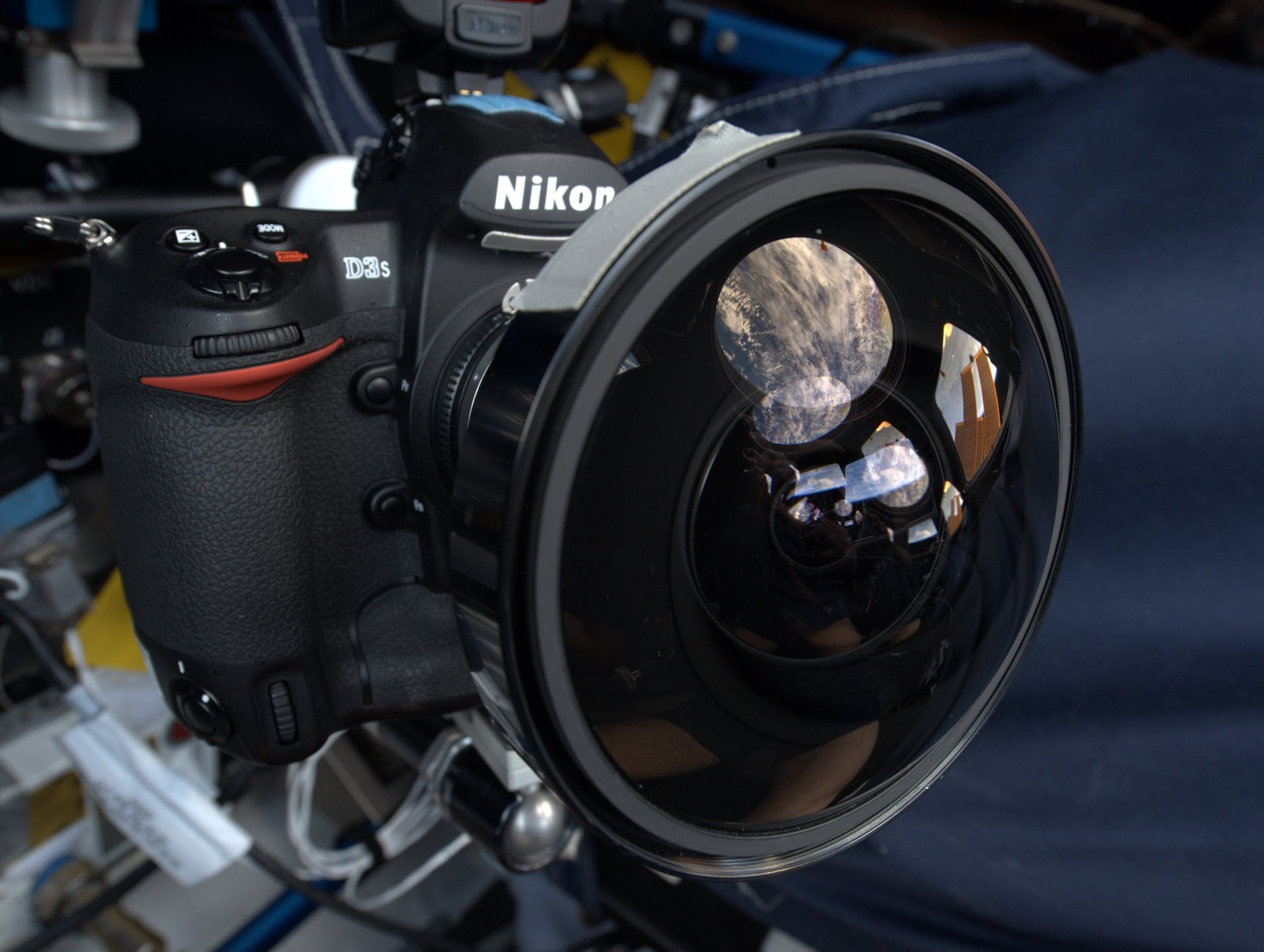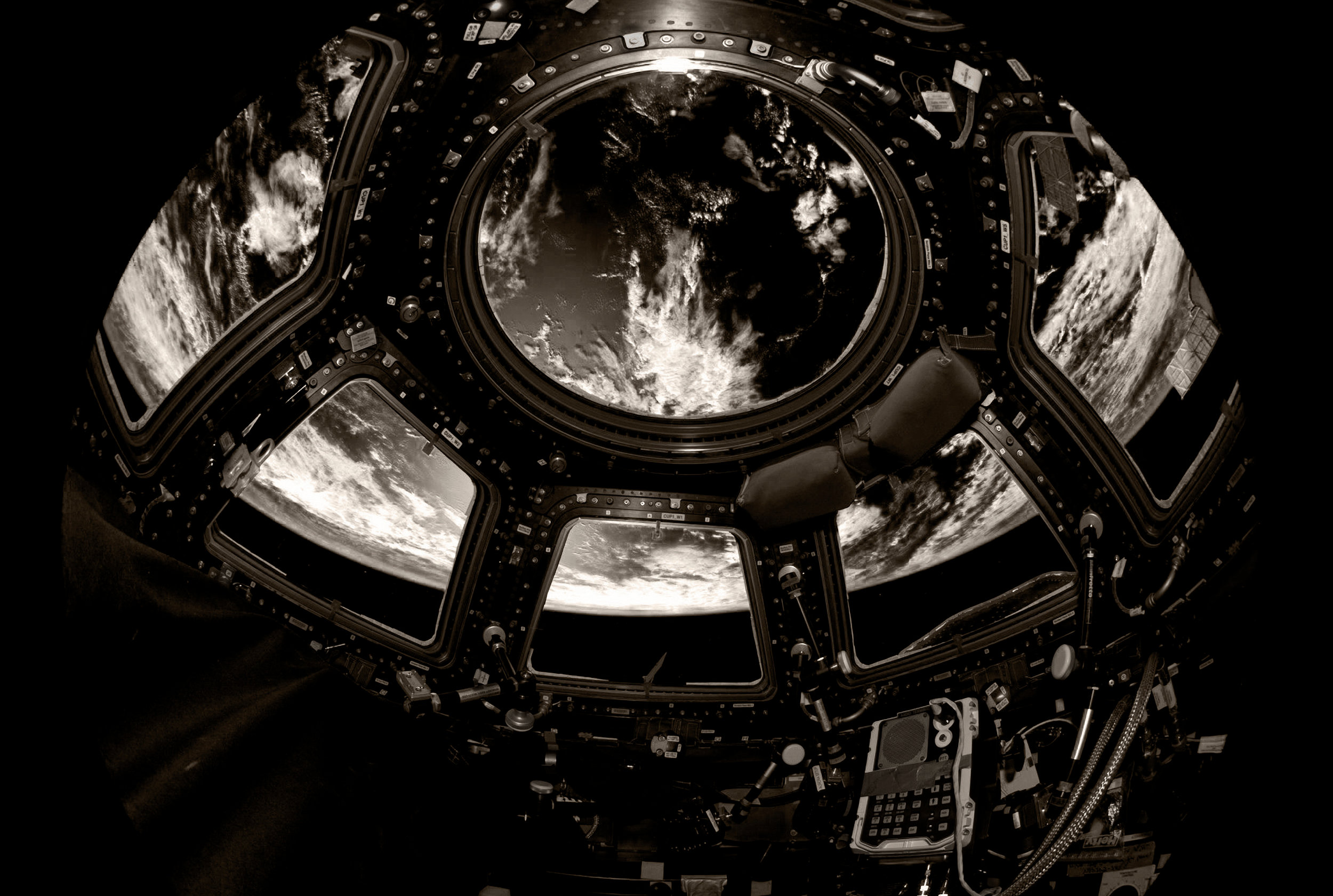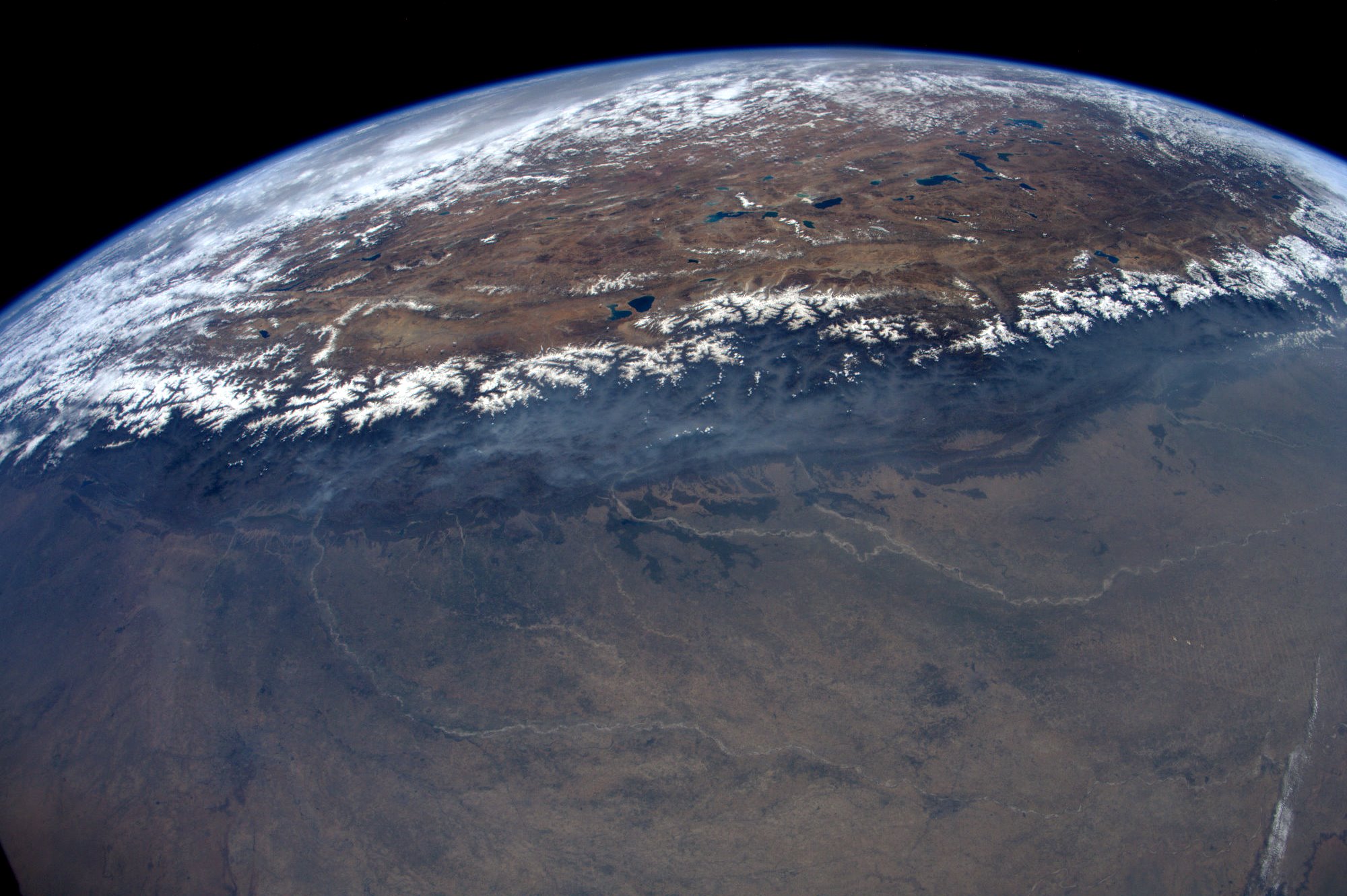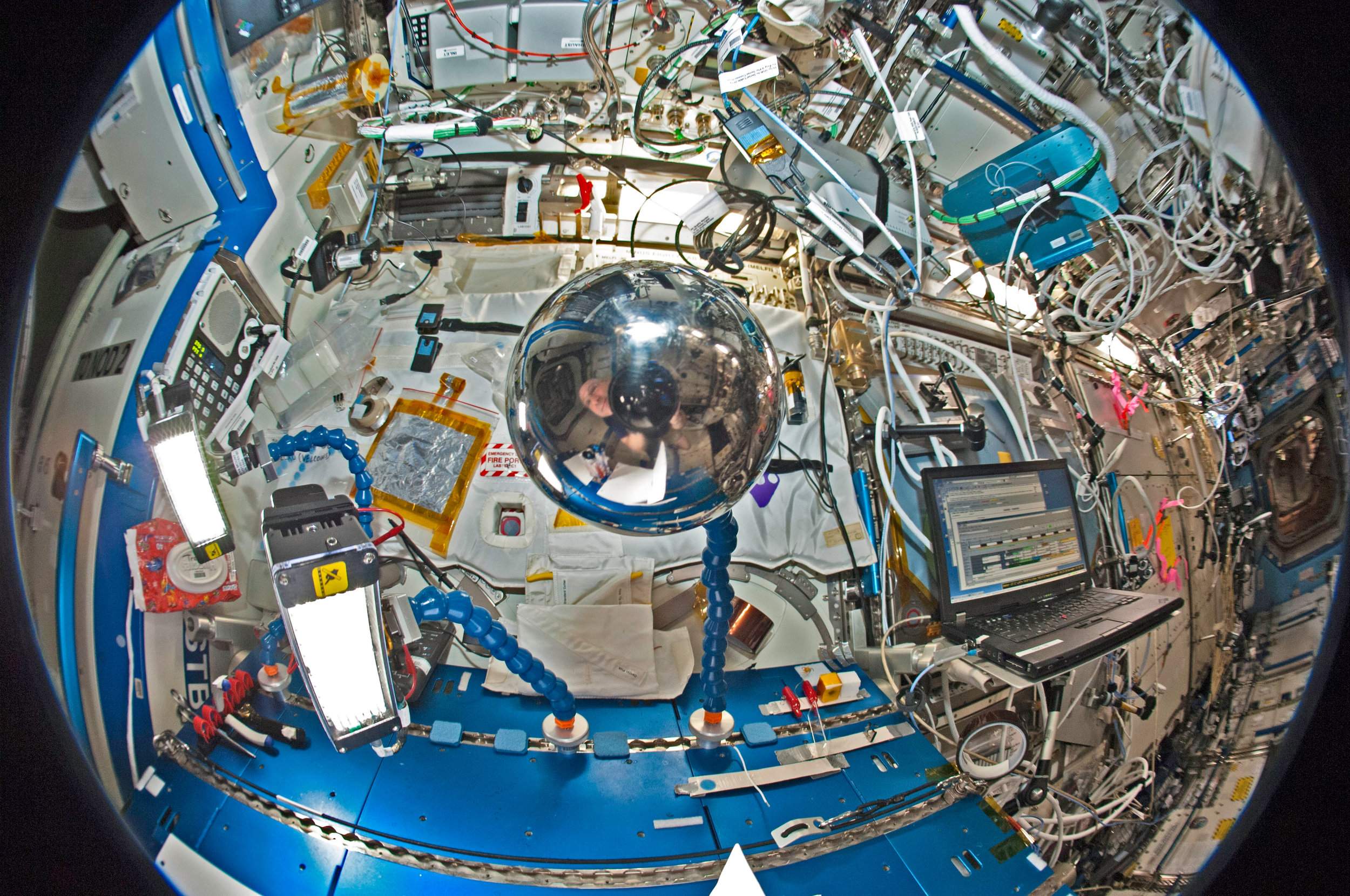Back in the day it was commonplace for machines to segregate their photo and video capabilities. But all that changed in 2009 with the introduction of the Canon EOS 5D MKII; the first professional…
Read MoreTIME Magazine's Best iPhone Photos of the Year
Like it or not, there has not been such a movement in photography since the Kodak Brownie in 1900 as the iPhone; or iPhoneography. TIME Magazine's best iPhone photos of the year have been revealed….
Read More222 Photography Tips and Tricks
Fujifilm X-T10 Video Roundup: Reviews, Specs, & More

The Fujifilm X-T1 provided classic looks with top-notch internals. With its incredible high-resolution electronic viewfinder (EVF), weather-sealed body, great image quality, and wealth of physical button…
Read MoreSony A6000 vs Everything

With news of a Sony A6000 predecessor coming mid-June, two things come to mind for current A6000 fans. One, it's time to buy the latest and greatest; and two, a price drop on the current model only…
Read MoreNew Panasonic 4K Mirrorless, DMC-G7 Camera $800
"Panasonic is proud to introduce the LUMIX DMC-G7. The revolutionary Panasonic LUMIX G7 offers Panasonic’s exclusive 4K PHOTO feature that taps the high resolution of 4K Ultra HD video to improve the speed of photo capture. With the exclusive 4K PHOTO feature you are able to pause and extract high resolution pictures from 4K video so you will never again miss that one special moment. "
4k Video in a Compact Interchangeable Lens Mirrorless Body
Panasonic DMC-G7 Price: $799.99
4K UHD Video 16 MP Live MOS Sensor Micro Four Thirds System Interchangeable Lens System 2.36m-Dot OLED Viewfinder 3.0" 1.04m-Dot Angling Touchscreen Venus Engine 9 Image Processor Silver and Black Body Options
Panasonic DMC-G7 Release Date: June 15, 2015
Panasonic DMC-G7K Specifications
Price
MSRP
$799 (w/14-42mm lens) $1099 (w/14-140mm lens)
Body type
Body type
SLR-style mirrorless
Sensor
Max resolution
4592 x 3448
Other resolutions
4592 x 3448, 3232 x 2424, 2272 x 1704, 1824 x 1368
Image ratio w:h
1:1, 4:3, 3:2, 16:9
Effective pixels
16
megapixels
Sensor photo detectors
17
megapixels
Sensor size
Four Thirds (17.3 x 13 mm)
Sensor type
CMOS
Color space
sRGB, Adobe RGB
Color filter array
Primary color filter
Image
ISO
Auto, 160, 200, 400, 800, 1600, 3200, 6400, 12800, 25600
White balance presets
5
Custom white balance
Yes
(2)
Image stabilization
Unknown
Uncompressed format
RAW
File format
RAW
RAW + Fine
RAW + Standard
JPEG Fine
JPEG Standard
MPO + Fine
MPO + Standard (with 3D lens in Micro Four Thirds System standard)
Optics & Focus
Autofocus
Contrast Detect (sensor)
Multi-area
Selective single-point
Tracking
Single
Continuous
Touch
Face Detection
Live View
Autofocus assist lamp
Yes
Digital zoom
No
(2x, 4x)
Manual focus
Yes
Number of focus points
49
Lens mount
Micro Four Thirds
Focal length multiplier
2
×
Screen / viewfinder
Articulated LCD
Fully articulated
Screen size
3
″
Screen dots
1,040,000
Touch screen
Yes
Screen type
TFT Color LCD with wide-viewing angle
Live view
Yes
Viewfinder type
Electronic
Viewfinder coverage
100
%
Viewfinder magnification
1.4
×
Viewfinder resolution
2,360,000
Photography features
Minimum shutter speed
60
sec
Maximum shutter speed
1/16000
sec
Exposure modes
Program
Aperture Priority
Shutter Priority
Manual
Scene modes
Clear Portrait
Silky Skin
Backlit Softness
Clear in Backlight
Relaxing Tone
Sweet Child's Face
Distinct Scenery
Bright Blue Sky
Romantic Sunset Glow
Vivid Sunset Glow
Glistening Water
Clear Nightscape
Cool Night Sky
Warm Glowing Nightscape
Artistic Nightscape
Glittering Illuminations
Clear Night Portrait
Soft Image of a Flower
Appetizing Food
Cute Dessert
Freeze Animal Motion
Clear Sports Shot
Monochrome
Built-in flash
Yes
(Pop-up)
Flash range
9.30
m
External flash
Yes
(Hot-shoe)
Flash modes
Auto, On, Off, Red-Eye, Slow Sync
Flash X sync speed
1/160
sec
Continuous drive
7.0
fps
Self-timer
Yes
(2 or 10 sec, 10 sec (3 images))
Metering modes
Multi
Center-weighted
Spot
Exposure compensation
±5 (at 1/3 EV steps)
AE Bracketing
±3 (3, 5, 7 frames at 1/3 EV, 2/3 EV, 1 EV steps)
WB Bracketing
Yes
(3 frames in either blue/amber or magenta/green axis)
Videography features
Resolutions
3840 x 2160 (30, 25, 24, 20fps) 1920 x 1080 (60, 50, 30, 25fps) 1280 x 720 (60, 50, 30, 25fps), 640 x 480 (30, 25fps
Format
MPEG-4, AVCHD
Videography notes
1920 x 1080, 60p, 50p (sensor output is 60p, 50p) (PSH: 28Mbps) ; 1920 × 1080, 60i,50i (sensor output is 60p 30p, 50p, 25p) (FSH: 17Mbps) ; 1920 x 1080, 30p,25p (sensor output is 60p, 25p) (FPH: 17Mbps, 24Mbps) ; 1280 x 720, 60p, 50p (sensor output is 60p, 25p) (SH: 17Mbps)
Microphone
Stereo
Speaker
Mono
Storage
Storage types
SD/SDHC/SDXC
Connectivity
USB
USB 2.0
(480 Mbit/sec)
HDMI
Yes
(microHDMI TypeD)
Microphone port
Yes
Wireless
Built-In
Physical
Environmentally sealed
No
Battery
Battery Pack
Battery description
Lithium-Ion rechargeable battery & charger
Battery Life (CIPA)
350
Weight (inc. batteries)
410
g
(0.90
lb
/ 14.46
oz
)
Dimensions
125 x 86 x 77
mm
(4.92 x 3.39 x 3.03
″
)
Other features
Orientation sensor
Yes
GPS
None
5 Absurdly Luxurious Special Edition Leica Cameras

If Leica wasn't already the pinnacle of luxury digital and film cameras, here's a set of special edition Leica cameras that will leave you checking the blue book value on your car. Enjoy!
Read MoreLooks Achieved with Different Types of Camera Lenses
In this article we will take you out of the studio and into the real world, simply trying to find the best shot for each lens type. If you don't yet know difference between an 18mm and a 50mm, read on.
Read MoreWill the Next iPhone Be the First Phone With Optical Zoom?
First reported by AppleInsider, Apple has been working on a patent implementing the potential for both wide angle and telephoto lenses into their phones.
Cell Phones & Digital Zooming
In a post earlier this week titled "Types of Digital Cameras Explained, What’s the Difference?", we detailed camera types from cell phones to large format cameras. The first outstanding feature lacking in cell phone cameras is the ability to optically zoom or even have a prime telephoto focal length.
Optical Zoom vs Digital Zoom
A camera or lens that features an optical zoom, means that physical lens elements and/or groups are internally moving, changing the focal length. An image captured in this manner uses the full capacity of the camera's sensor to capture a more narrow field of view, giving you a zoomed image.
A digital zoom is nothing to brag about, in fact it is hardly a feature at all. A digital zoom is when a camera's processor simply enlarges your normal non zoomed image. The picture quality from zooming in on your iPhone is the same as if you take an image without zooming, and then crop in on it later.
So while optical zooming and digital zoom seem similar by they name, the results in image quality of the two really do not compare.
Can You Fit a Zoom Lens into an iPhone?
Probably not. At about 7mm thick, the iPhone likely has no room for more moving lens elements. If Apple were able to pull this off, I imagine the small change in focal length possible would not be worth the trouble.
Dueling Lenses
With all the requirements for a zoom lens considered, it's probable the answer lies in a Dual Lens System, that's actually not a zoom at all.Rumors of Apple working on a dual lens system first came out late last year. Suspicions are that it may first be seen in the iPhone 6s if not the iPhone 7.
Possible iPhone Telephoto Lens Specs
The secondary lens will likely be a fixed telephoto focal length around 50mm with a slightly higher aperture ratio than the current f/2.2.
Pixel Size, sensor Size, & Crop Factor
Current pixel size on the iPhone sensor is 1.5 µm. The patent calls for use of sensors with 1.2 µm diameter pixels or smaller.
A secondary sensor matching the megapixel resolution of the first, but with smaller pixels, means an overall smaller sensor. Smaller sensors mean larger crop factors, giving images lenses telephoto characteristics by narrowing the field of view.
Doing nothing more than taking the existing iPhone 6 camera system and shrinking the pixels by 0.3 µm would give the effective focal length of about 43mm compared to the current 29mm.
With a slight change in optics and the reduction in sensor size, it's very possible that the new iPhone will feature a fixed 50mm lens in addition to the familiar wide angle 29mm lens.
Looks like we're going to need a longer selfie stick!
View more on the contents of the patent at AppleInsider.com
Types of Digital Cameras Explained, What's the Difference? [UPDATED 2016]
There are a lot of cameras out there, let's see all types of digital cameras explained to help you find what camera is right for you.
Read MoreBudget YongNuo 35mm f/2 Lens for Canon Announced
YongNuo a longtime photographic equipment manufacturer released their first camera lens last month, the sub $70 YongNuo 50mm f/1.8. This lens is a direct competitor and nearly a carbon copy of the 'Nifty Fifty' Canon 50mm f/1.8.
As recent rumors suggested, YongNuo has now released a second lens, the 35mm f/2 lens for the Canon EF mount.
YongNuo 35mm f/2 | $122.00
Focal Length: 35mm Maximum Aperture: f/2.0 Minimum Aperture:F/22 AF & MF Modes Lens Structure :5 Groups, 7 Elements Min. Focusing Distance:0.25m / 0.8ft
The YongNuo 35mm f/2 is at first sight, a rival to the current $550 Canon 35mm f/2 IS. Though with a lack of image stabilization in the YongNuo, a more accurate comparison would be to the original Canon EF 35mm f/2 which also lacks IS.
Being that the non IS Canon 35mm is now discontinued, it can be had used for about $300 and up.
What lens would you like to see next from YongNuo? Comment below!
Inspirational Images from a NASA Space Photographer
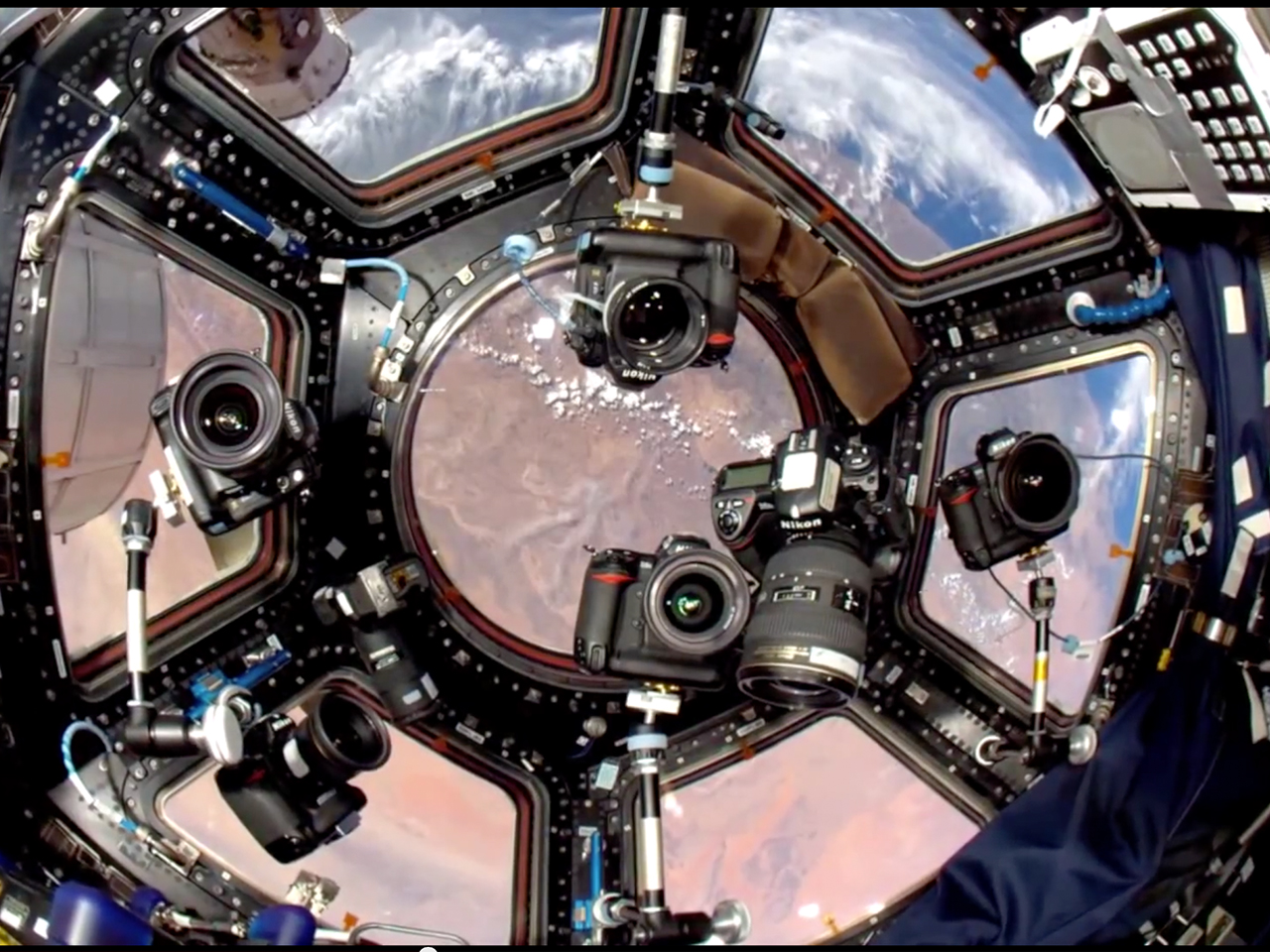 Today, Wednesday the 22nd of April, marks the 45th year of Earth Day. A day dedicated for support of environmental protection. In celebration of Earth Day, let's take a look at our planet through the eyes of an astronaut and photographer.
Today, Wednesday the 22nd of April, marks the 45th year of Earth Day. A day dedicated for support of environmental protection. In celebration of Earth Day, let's take a look at our planet through the eyes of an astronaut and photographer.
Donald Pettit is an American chemical engineer and NASA astronaut. With seven missions to space and two long stays aboard the International Space Station, Donald gives us and inspirational insight into the vast possibilities of seeing things differently.
NASA Space Photographer: Cupola Frontier
[embed]https://youtu.be/MLBybip7SuU?t=29s[/embed]
Time-lapse Earth from Space & Aurora Borealis
[embed]https://youtu.be/rwt3kMivZk4[/embed]
More Awesome Space Pictures from Donald Pettit
For more images visit Don's SmugMug Photo Gallery.




